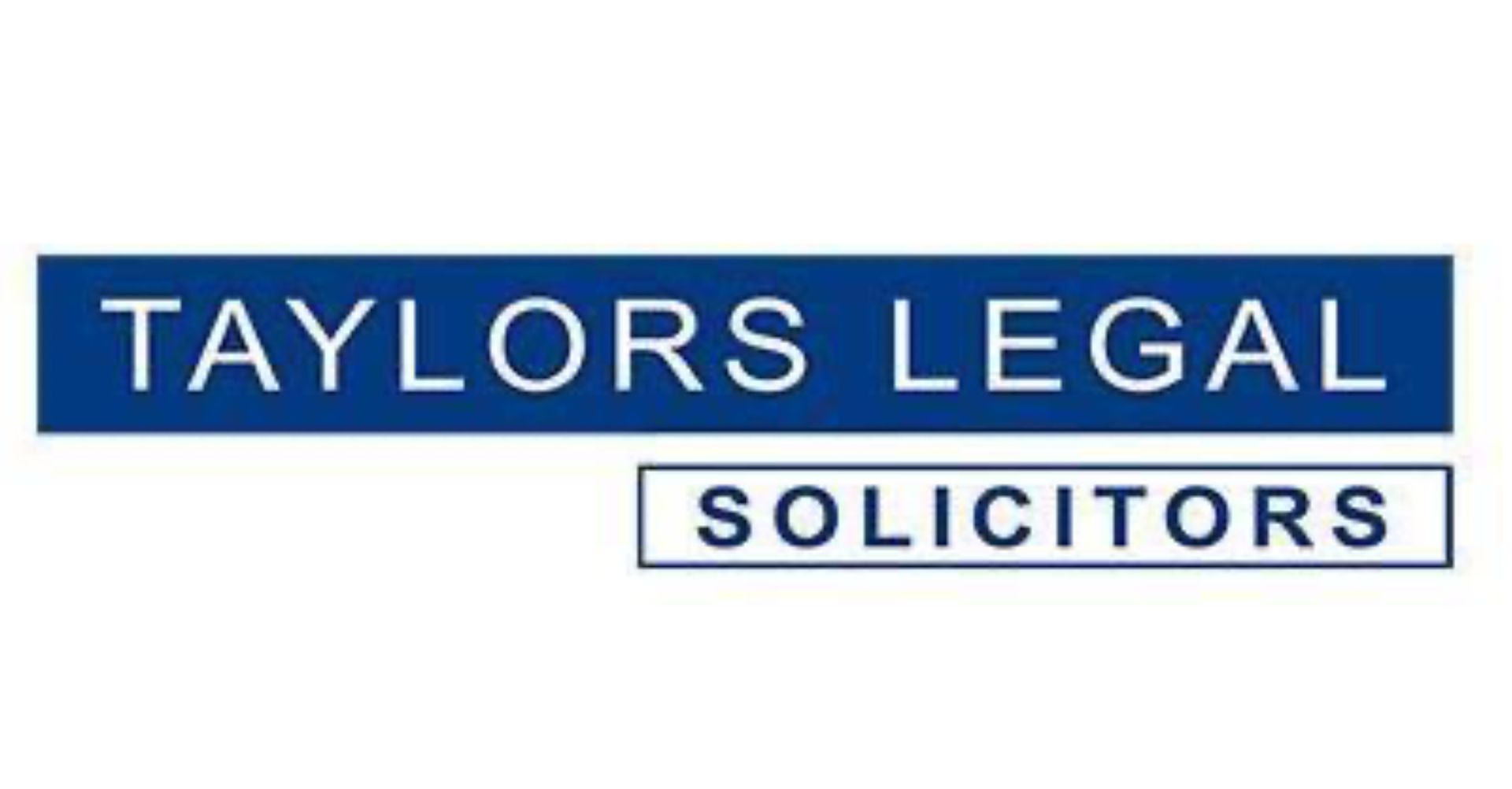When starting out a business of any kind, an ‘article of association’ and ‘memorandum of association’ are needed in order to be recognised as a genuine UK company. Many business owners understand that these documents are essential, however it can be very easy for these to be overlooked and in turn result in the failure to adhere to the Companies Act 2006.
In basic terms, a memorandum of association is a document which outlines the setting up and status of an active business. The article, or articles, of association is a document which summarises how the company is ran, controlled and governed, including the responsibilities and powers of the directors. This provides written evidence of how certain members can exert control over the board of directors, laying out the hierarchy of a company.
It’s also recommended for board members to review the articles of association regularly as circumstances, operations and the economic climate are subject to constant change. This implements the most effective and appropriate balance between the powers of the directors and its members, safeguarding the interests of all parties. It is also quite common for articles of association to be combined with a Shareholders’ Agreement, which offers a full safeguard of your shares in a company and the control you exhibit when it comes to certain decisions or situations unfolding.
All limited companies must have articles of association in order to operate. These set the rules company officers must follow when running their companies. Model articles of association are the standard default articles a company can use, prescribed by the Companies Act 2006 and differ depending on how old your business is and what the structure (limited by shares, guarantees or public companies) may be.
What Is An Article Of Association?
An article of association grants the abilities and restrictions of a company’s powers. They are very beneficial for shareholders who require the protection that directors will not undertake certain actions or decisions, pending shareholder approval.
The directors and company secretary (if applicable) should be familiarised with the company’s constitutional documents, particularly the articles of association. This allows them the comfort to know the boundaries or restrictions in terms of the powers of a company, enabling them to the run the business with a good knowledge of what is set out.
Due to the Companies Act 2006 however, a company is given unlimited powers meaning they are granted the power to do anything unless there are restrictions in its articles to the contrary. There are exceptions to the unlimited powers given to companies, including charitable or community interest companies having to state the charitable purposes or benefits to the community that the company are restricted to.
This means that for the majority of businesses who are limited company, the articles of association may contain objects clauses that restrict the powers of the company in certain situations such as the selling of shares to an external source.
An article of association should outline:
- Liability of members
- Directors’ powers and responsibilities
- Directors’ meetings, voting, delegation to others and conflicts of interest
- Retaining records of directors’ decisions
- Appointment and removal of directors
- Shares, unless a limited by guarantee company (Issuing of shares, different share classes and their particulars, share certificates, share transfers)
- Dividends and other distributions to members
- Members’ decision making and attendance at general meetings
- Means of communication
- Use of the company seal, if applicable
- Directors’ indemnity and insurance
How To Undergo and Complete An Article Of Association?
There is no set form for the articles of association, however there are certain criteria and provisions which need to be included depending on the type of company your business is.
These are:
- A private company limited by shares
- A private company limited by guarantee
- A public limited company.
There are standard templates, otherwise known as model articles of association, which can be easily obtained through Companies House. Likewise, businesses can choose to undergo a bespoke or more personally tailored article of association with the help of an attorney or solicitor which outlines specific restrictions or powers granted to the board of directors. These will then need to be submitted to Companies House who review the application and verify accordingly. If for whatever reason there is a problem in the submitted articles, notified by Companies House through written correspondence, then the particular provisions or restrictions in question will need to be amended before the company can be officially formed.
When a company makes an amendment or change to the articles of association, only the amending provisions need to be sent to Companies House for review. If changes to the articles of association are made, a copy of the these are be sent to Companies House within 15 days of the change for review.
We hope this has outlined to you exactly what the articles of association are and how to formally undergo the process of submitting them. If you’d like to know any further information regarding documents needed to set up your business, or anything accounting, strategic or corporate finance related for that matter, please do not hesitate to get in contact with us at Nordens, where one of our trusted advisors would be happy talking you through your query.






























































































































































































































































































































































































































































































